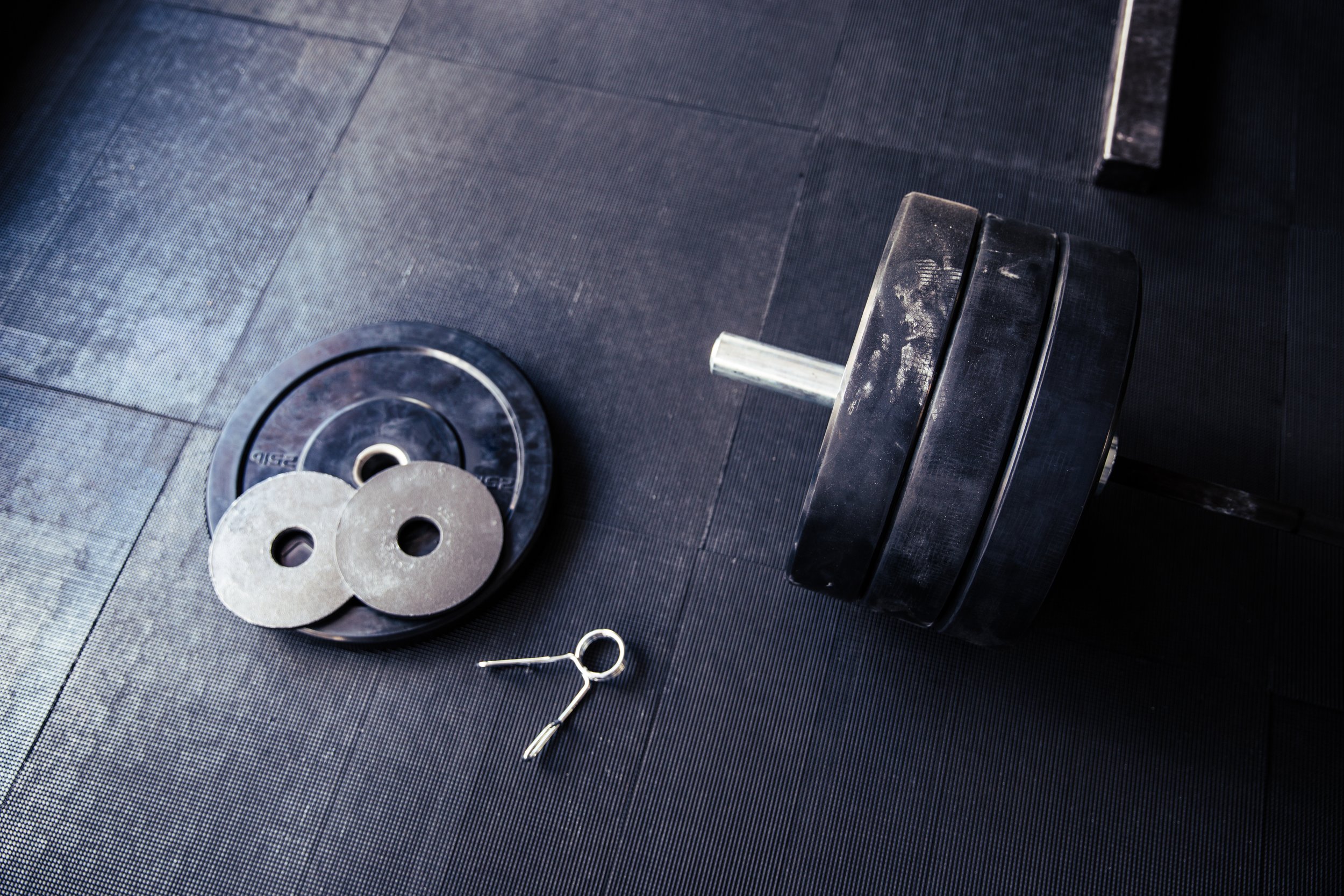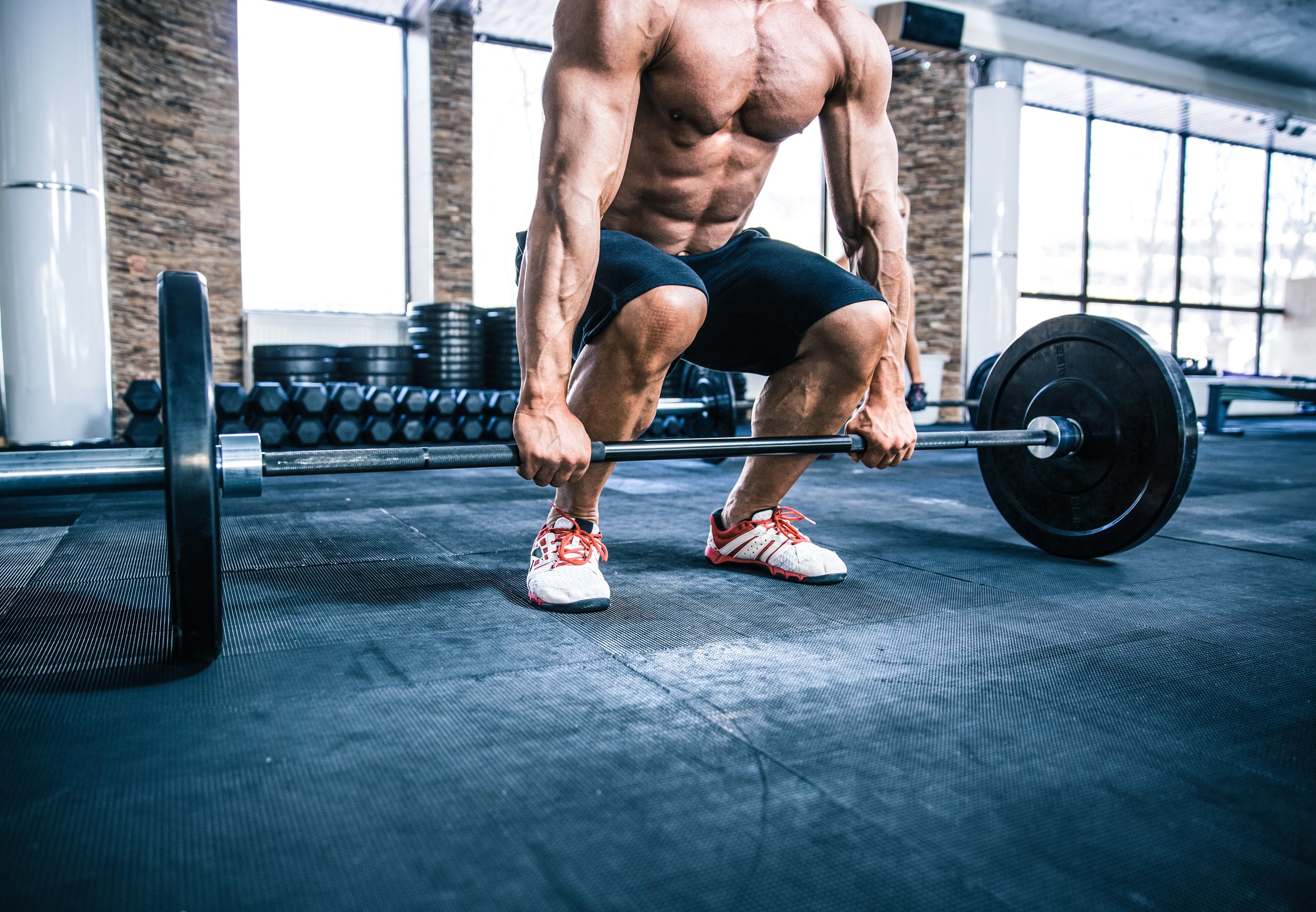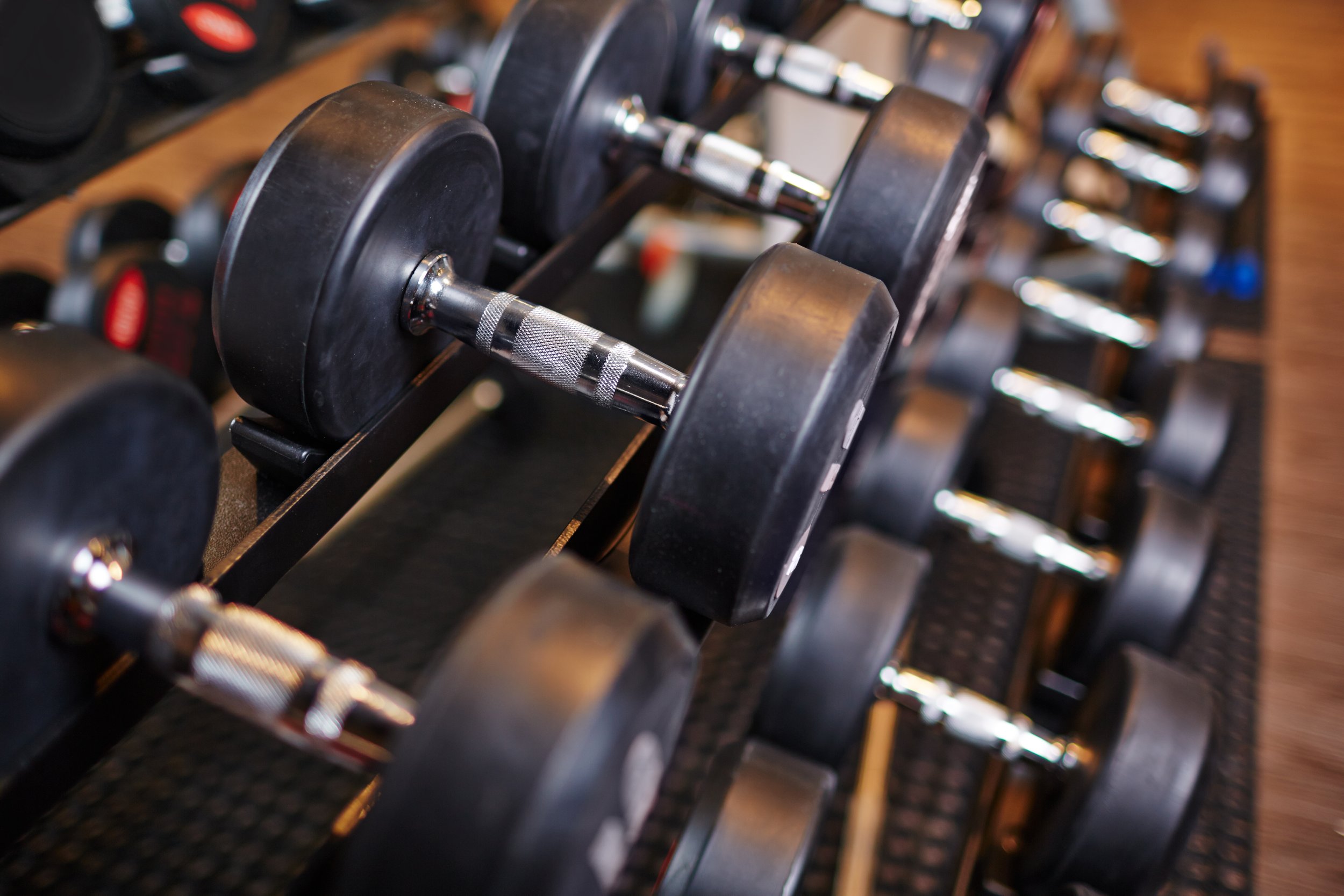Are full range of motion or lengthened partials better for building muscle and strength?
Takeaway Points:
Full range of motion and partials are two methods for varying your lifting, which involve manipulating the distance that you move the weight.
Research generally showed that full range of motion is better than partials, but recent research has started to change on this subject.
Recently, the training of “lengthened partials” came around, and shows us that actually, partials may sometimes be better than full range of motion.
For a long time, there was a consistent debate about whether full range of motion or partials are better for building muscle mass and strength. More recently in the past 10-20 years, research has really started to address this question, and we’re starting to see some interesting developments. So, today I wanted to break down the current state of the research, and in particular, a promising new kind of training called “lengthened partials” which has been getting some recent interest.
Before we really get started, I’d like to clarify the words we’re using a bit.
Full Range of Motion (also called full ROM) - Basically, this means that you’re taking the lift as far as you possibly can. This means that if you’re doing a bench press, the bar is coming all the way down to touch your chest (as far as the movement can go) and you’re not stopping part of the way through.
Partials - Any method where you do NOT do full ROM, and instead intentionally shorten the range of motion - for example, a board bench press where you intentionally stop on a board which serves to stop the bar at an inch off the chest.
For a long time, partials were MOSTLY considered cheating/not as good as full ROM, but this was context dependent.
For example, in powerlifting, a squat does not need to be full ROM, but instead needs to come down to the point where the hips pass below the knees, also known as parallel, because this means that the thighs come down to the point where they’re parallel with the floor. So, for training for strength in powerlifting, a squat is typically trained as what is technically a partial, but still with a pretty long range of motion with established standards for not limiting the range of motion any shorter. But meanwhile, a bodybuilder might train with full ROM instead, as they don’t have this limitation, and care more about training for size than strength. Both a bodybuilder and a powerlifter might look down scornfully on the “quarter squat”, a squat with a limited ROM well above parallel.
So while there might be some disagreement in the squat about what constitutes the “end” of the range of motion, or how far you need to go for it to be effective, both strength and size focused trainees might agree that it needs to be held to a certain end standard, and both would look down on partial range of motion before this standard.
Then there are other movements where basically no one would really argue too much about the acceptable range of motion. For example, a bicep curl - virtually everyone believes that you shouldn’t cut your range of motion short on your bicep curls, and this should be done with a wide range of motion.
There are also some problems with partial ROM lifting - in particular, it’s considered “cheating” (so called “cheat reps”) because it tends to encourage some bad behaviors.
Partial ROM tends to enable you to use more weight on an exercise, since you’re not doing as much overall work, and you’re working in ranges of motion where your muscles are in a more advantageous position. This combination of extra weight plus a shorter range of motion makes it hard to tell exactly where your range of motion SHOULD end, and as a result, over time, ROM tends to get shorter and shorter as you naturally end up reducing ROM in order to add more weight consistently. You also tend to involve more swinging, momentum, or engagement of other nearby muscles that you’re not trying to target with the movement - enabling you to continue moving the weight, but reducing the effectiveness in terms of building muscle and strength in the actual movement.
The case for shortened ROM
Still, some have hypothesized some benefits to training with a limited ROM, or some situations where they can be applied intelligently.
For example, when training for strength, it’s often believed that you can preferentially target segments of a full range of motion by overloading partial ranges of motion. We could use the board bench press example above - typically, a strength focused lifter wants to train the movement through a full range of motion, as this is what’s typically required in a powerlifting competition.
But at the same time, that lifter might identify that they’re strong enough to get the bar off the chest, but not to fully lock it out. This would suggest that they are as strong as they need to be at the bottom of the lift, but not in the midrange of the lift, and could benefit from training with a greater focus on that mid range of the lift. Accordingly, the board bench press (mentioned above) is a way that some lifters can add more weight on the bar and train more heavily in that partial range of motion, with the intent of hopefully preferentially building strength in that range of motion.
Likewise, while many size focused lifters have long believed that partial ranges of motion are inferior for building muscle mass, and that if you’re careful about maintaining a minimum standard ROM, you can potentially use “cheat” reps effectively to move more weight and potentially build a bit more muscle.
Some sports also encourage the use of partials or “cheating” form - CrossFit, for example, got a lot of criticism for its inclusion of the kipping pullup, a form of the pullup which uses momentum to help complete the movement.
The superiority of full ROM
However, when the research started to really focus on the topic, a clear winner began to stand out: full ROM.
Even better, the studies showed that full ROM was basically better for both strength and muscle mass, again provided the limitations that some strength sports will require you to work in different ranges of motion depending on the movement.
As a result, there was a huge surge in interest in the topic, and coaches/trainers began to shift to the guidance that full ROM was always superior, especially for size, and should be treated accordingly. This led to the “team full ROM” meme, and an emphasis on doing hard, full range of motion movements, even if this meant lowering the weight quite a bit in order to get the movement in, compared to what training you were doing previously.
For a while, it seemed like the question might be closed, and we might have solved the problem altogether, until a surprising development occurred: an interest in lengthened partials.
The rise of lengthened partials
The lengthened partial is a different kind of partial unlike what’s been described so far. In particular, when most people think of a “partial”, what they mean is a “shortened partial” - namely, a partial where you’re working the muscle at short muscle lengths.
Let’s take the example of the bench press. A shortened partial would be a rep which does not descend all the way down to the chest, and instead stops short before lifting again. So, a full ROM would be a bench press that comes all the way down to the chest, and a shortened partial would be a bench press that comes 50% of the way down to the chest.
So what’s a lengthened partial?
A lengthened partial would be a rep that starts at the chest, but rather than going to full lockout, instead only goes 50% of the way up before you descend back down to the chest again. Effectively, it’s a partial at the bottom half of the movement, instead of the top.
Since shortened partials are what most people think of as partials, this is what led to the idea that full ROM is always superior - we weren’t really testing for lengthened partials. When we did start testing for lengthened partials, researchers were surprised to discover that they did beat out shortened partials, and led to greater growth in muscle mass.
That said, this needs to be applied with some caution.
Firstly, if you’re training for strength, this may not be very applicable for you, because most strength sports require you to lift through a full range of motion, and you get the best results from highly specific training. So, including lengthened partials may compromise your long term strength a bit, if it’s used as a replacement for your primary work.
If you’re training for size, you can probably get better growth from including lengthened partials. However, the benefit is small, and should be taken in the context of the rest of your training. If you’re struggling to hit lengthened partials properly, you may wish to instead just focus on full ROM training, which will be a bit easier for most people to adjust to, and easier to learn.
My own implementation
I’ve started to implement them in my own training, and they certainly take some getting used to. I’d also say that it feels much easier and more natural on some movements than others.
One important note is that since you need to be able to really pause/reset between reps at the bottom end of the range of motion, this makes some traditional movements less of a good fit. For example, the barbell squat - this is a movement where you can really struggle and lose control of the weight if you spend too much time at the very bottom of the movement, and for this reason, advocates of lengthened partials typically suggest that you use a smith machine, which helps to take stability and control out of the equation so that you can just focus on the weight.
Likewise, I find that lengthened partials work better with machines and movements with relatively “simple” movement patterns, compared to more complex ones where you can lose control of the weight.
I’ve also found that lengthened partials have helped me to progress on some stubborn movements (calf raises and biceps) that I’ve always struggled to progress/not enjoyed training very much in the past. This has helped breathe some new life and enjoyment into these lifts, and helped me focus on some variations (bayesian curls, and incline bench curls) that I never really considered previously, but have really come to enjoy.
Likewise, I’ve implemented these methods successfully with some clients, especially those who are looking to maximize their muscle growth.
About Adam Fisher
Adam is an experienced fitness coach and blogger who's been blogging and coaching since 2012, and lifting since 2006. He's written for numerous major health publications, including Personal Trainer Development Center, T-Nation, Bodybuilding.com, Fitocracy, and Juggernaut Training Systems.
During that time he has coached thousands of individuals of all levels of fitness, including competitive powerlifters and older exercisers regaining the strength to walk up a flight of stairs. His own training revolves around bodybuilding and powerlifting, in which he’s competed.
Adam writes about fitness, health, science, philosophy, personal finance, self-improvement, productivity, the good life, and everything else that interests him. When he's not writing or lifting, he's usually hanging out with his cats or feeding his video game addiction.
Follow Adam on Facebook or Twitter, or subscribe to our mailing list, if you liked this post and want to say hello!
Enjoy this post? Share the gains!
Ready to be your best self? Check out the Better book series, or download the sample chapters by signing up for our mailing list. Signing up for the mailing list also gets you two free exercise programs: GAINS, a well-rounded program for beginners, and Deadlift Every Day, an elite program for maximizing your strength with high frequency deadlifting.
Interested in coaching to maximize your results? Inquire here.
Some of the links in this post may be affiliate links. For more info, check out my affiliate disclosure.







